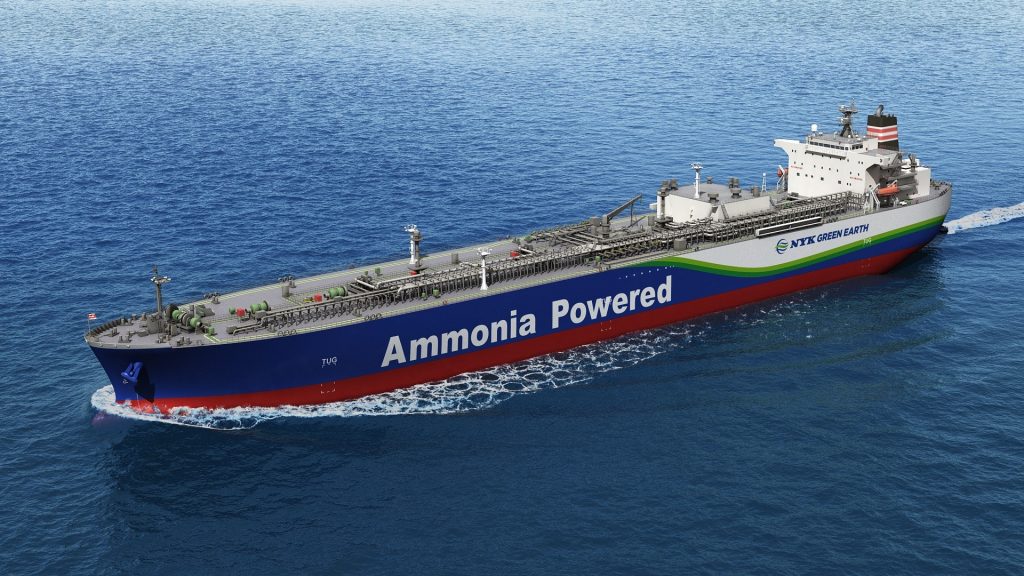Global Centre for Maritime Decarbonisation (GCMD) led consortium has carried out two ship-to-ship transfers of ammonia at anchorages within the Port of Dampier in a pilot project that reinforces the potential of the Pilbara region of Western Australia to be a green ammonia bunkering hub.
The operation was conducted under strict safety protocols, with requisite approvals, and overseen by Pilbara Ports and Australian Government agencies, GCMD said. The trial began with a transfer at the Port of Dampier as a proxy to breakbulk, while the second transfer demonstrated the potential of bunkering operations, extendable also to other ports nearby, where such future operations for bulk carriers are expected to take place.
To mimic future ammonia bunkering scenarios, the Pilbara trials deployed a handysize and a midsize gas carrier with capacities that are similar to those expected of ammonia bunker vessels.
The transfers involving 4,000 cu m of ammonia took place between the MOL-owned 35,000 cu m Green Pioneer and the 22,500 cu m Navigator Global, with Yara Clean Ammonia (YCA) providing the ammonia. Each transfer operation took approximately six hours.
Pilbara Ports, Yara Clean Ammonia, and GCMD worked with multiple partners to conduct risk and safety studies and develop emergency response procedures for the transfers. Starting in May 2024, the trio conducted a series of safety workshops that laid the groundwork for the risk assessments essential to the transfers. James Fisher Fendercare was contracted to provide resources to execute the transfer operations. Other consortium partners include BP, BHP, and Eastern Pacific Shipping (EPS), Gard, and the Technology Centre for Offshore and Marine, Singapore (TCOMS).
The Pilbara region was previously highlighted by a Global Maritime Forum study as a viable location for ammonia bunkering. Construction to enable renewable ammonia production by 2025 has commenced at Yara Pilbara’s facility. This pilot also marks a step towards operationalising a low-GHG emission shipping route for international iron ore trade, which is projected to require 1 to 1.5m tonnes of ammonia by 2035, according to a joint 2023 study undertaken by Pilbara Ports, Yara Clean Ammonia and Lloyd’s Register.
In preparation for the next phase of its initiative to enable ammonia as a marine fuel, GCMD said it will be leveraging the experience and knowledge gained from this pair of transfers to assess the feasibility of ammonia transfer elsewhere to ready other forward-looking ports for eventual ammonia bunkering.
Tags: Ammonia, GCMD, MOL, TCOMS, YCA



Recent Posts
Port of Brisbane Unveils Vision 2060 to Drive Smarter, Cleaner, and More Connected Future
Wärtsilä to Deliver Hybrid Propulsion Systems for Vertom Group’s New Low-Emission Vessels
Latvian port receives electric Konecranes Gottwald Mobile Harbor Crane
Sustainable Ocean Economy Vital for Human Development, Says UNDP at UN Ocean Conference
Green Hydrogen Costs in India Could Drop by 40%, Says IEEFA-JMK Report
Cavotec Secures €1.55 Million Shore Power Contract for Port of Antwerp-Bruges
APM Terminals and SANY Marine sign landmark agreement to accelerate decarbonisation
The Port of Gothenburg takes big step towards shore power connection for container and car/RoRo vessels